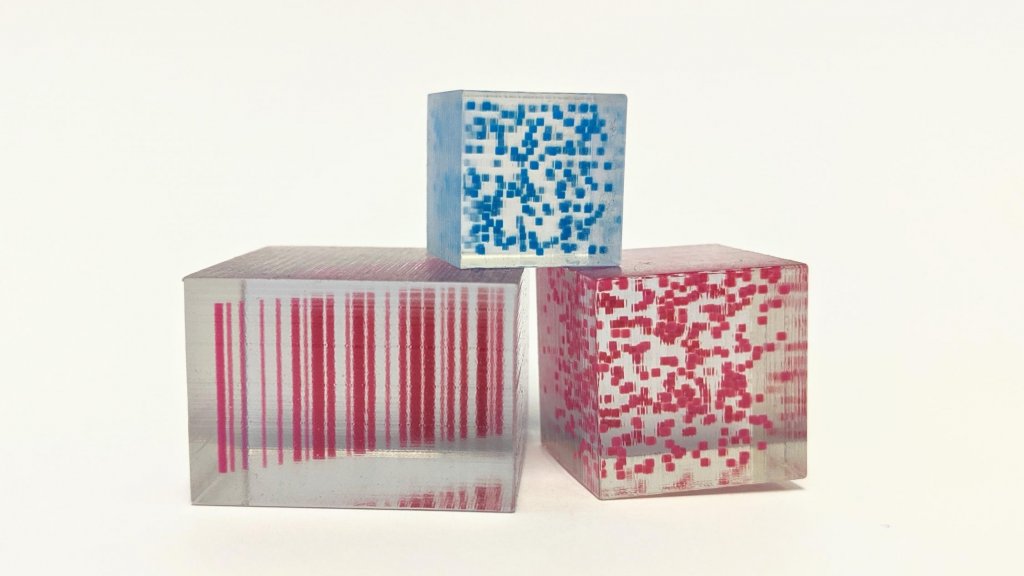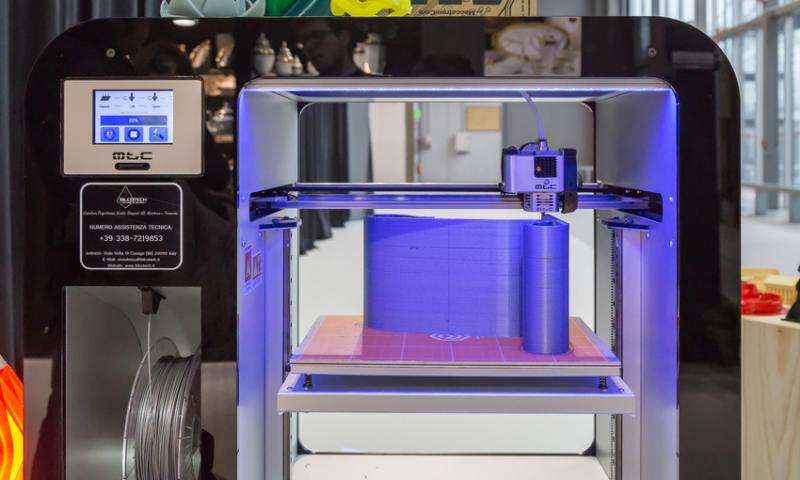![]() With so many fields applying additive manufacturing and 3D printers often being connected to the internet, they face security issues that range from privacy concerns to device integrity. Defects in products built by 3D printers due to hacks and cyberattacks could theoretically be problematic. If you think about medicine, new cybersecurity vulnerabilities could affect clinical operations and put patient care at risk. A recent increase in cyberattacks in healthcare-related industries accentuates the need for incorporating cybersecurity in medical research and practice. By extension, 3D printers and all connected devices need protection against attacks.
With so many fields applying additive manufacturing and 3D printers often being connected to the internet, they face security issues that range from privacy concerns to device integrity. Defects in products built by 3D printers due to hacks and cyberattacks could theoretically be problematic. If you think about medicine, new cybersecurity vulnerabilities could affect clinical operations and put patient care at risk. A recent increase in cyberattacks in healthcare-related industries accentuates the need for incorporating cybersecurity in medical research and practice. By extension, 3D printers and all connected devices need protection against attacks.
And when it comes to protecting the 3D printing pipeline from risks and cyber hacks, New York University (NYU) professor of mechanical and aerospace engineering, Nikhil Gupta, has been looking for solutions for years. Along with a team of researchers at NYU Abu Dhabi, he pioneered a way to hide 3D versions of identifying features such as QR codes inside printed components, giving the end-user with proper scanning technology a means of confirming the part’s legitimacy. He also found several other ways of making sure manufacturers and customers can prove that 3D printed parts are authentic, and that a component can be correctly printed only by a trusted facility at the other end of the design pipeline. Just last month Gupta announced the development of a system for converting CAD files to a frequency domain, allowing them to hide 3D designs in sound files and more, making them safer against hacks.
Last July, Gupta, along with colleague Ramesh Karri, professor of electrical and computer engineering at NYU Tandon School of Engineering, received a new three-year National Science Foundation (NSF) award to develop a pedagogical program for cybersecurity in 3D printing that will include a variety of educational activities and resources around a new graduate-level course: Cybersecurity in Additive Manufacturing. They will teach mechanical engineering students the tools necessary for innovations in the field of white-hat hacking (also known as ‘ethical hackers’ attempting to find security holes via hacking, with permission from the system owner making the process completely legal).
According to NYU Tandon, the course will bridge the gap between the fields of cybersecurity and mechanical design to provide a security mindset to mechanical engineers and materials scientists. The collaborative educational initiative will begin this month and received an award of $464,034 as part of the NSF’s Secure and Trustworthy Cyberspace program.
The project includes a partnership with the New York City College of Technology (City Tech) that will provide resources for that school to implement a similar course on their Brooklyn campus near NYU Tandon. Gupta said that as part of the program, NYU Tandon may recruit summer undergraduate students from City Tech, to participate in the summer undergraduate research program on cybersecurity in 3D printing.
“We feel that having created a body of research and methods in this very critical — and rather unexplored — area of cybersecurity, it was critical that we share it and prepare a trained workforce,” said Gupta. “This support from the National Science Foundation allows us to develop a pedagogical foundation for passing the technologies we have developed on to the next generation of engineers, including, thanks in part to our relationship with City Tech, those under-represented in engineering.”
The project will first develop an introductory graduate-level course on AM security to be taught at both schools. This course will be part of a new Master of Science program and a new certificate program, both in AM. An online version of the course will also be offered. Additionally, the project will organize the HACK3D hackathon to build the security mindset of students for approaching digital manufacturing and will hold an annual workshop, scheduled for May 2020, and undergraduate summer research program in innovative research on the cybersecurity of digital manufacturing.
Karri, a renowned electronics supply chain cybersecurity expert, said that “inculcating a security mindset in the digital manufacturing supply chain workforce to address the cybersecurity challenges is timely.”
The educational framework in this project will be the first of its kind to address the security challenges in the field of 3D printing. With more and more fields using the technology, it will soon become essential to have specialists in 3D printing security. The NYU team has pioneered the AM attack taxonomy and design-based security scheme that are the core areas of this project. The security scheme requires a collaborative approach because innovative design features are embedded in the 3D solid models and extensively tested for possible breaches according to the proposed taxonomy of threats. According to Gupta and Karri, the interdisciplinary framework of this project enables the creation of a cross-disciplinary course on cybersecurity in AM.

NYU faculty will teach students about the tools needed to prove 3D-printed parts are authentic, such as the 3D quick-response (QR) codes shown above.
The experts at NYU have come up with a brilliant idea to educate and engage students, and build capacity in the emerging field of AM security, providing the educational resources necessary for working professionals in the field of cybersecurity in 3D printing and young students who are inspired and eager to have a degree in this emerging new field.
[Images: NYU Tandon]Subscribe to Our Email Newsletter
Stay up-to-date on all the latest news from the 3D printing industry and receive information and offers from third party vendors.
You May Also Like
Profiling a Construction 3D Printing Pioneer: US Army Corps of Engineers’ Megan Kreiger
The world of construction 3D printing is still so new that the true experts can probably be counted on two hands. Among them is Megan Kreiger, Portfolio Manager of Additive...
US Army Corps of Engineers Taps Lincoln Electric & Eaton for Largest 3D Printed US Civil Works Part
The Soo Locks sit on the US-Canadian border, enabling maritime travel between Lake Superior and Lake Huron, from which ships can reach the rest of the Great Lakes. Crafts carrying...
Construction 3D Printing CEO Reflects on Being Female in Construction
Natalie Wadley, CEO of ChangeMaker3D, could hear the words of her daughter sitting next to her resounding in her head. “Mum, MUM, you’ve won!” Wadley had just won the prestigious...
1Print to Commercialize 3D Printed Coastal Resilience Solutions
1Print, a company that specializes in deploying additive construction (AC) for infrastructure projects, has entered an agreement with the University of Miami (UM) to accelerate commercialization of the SEAHIVE shoreline...
































